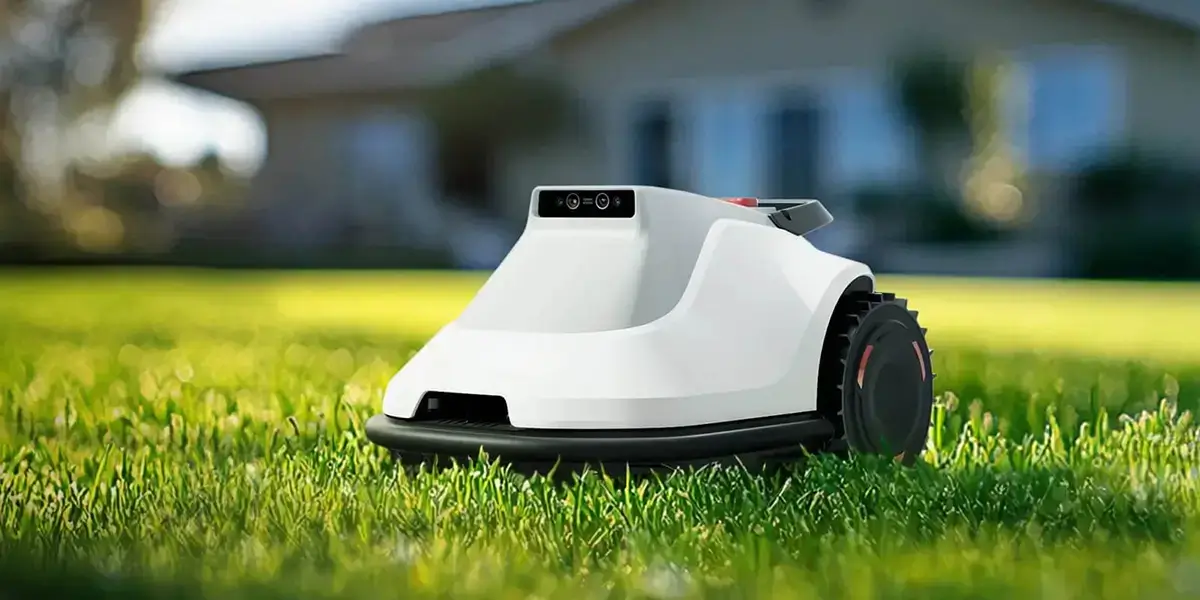Certainly! Here is the first part of an engaging, in-depth soft article on the theme "best remote control software free." I'll begin with Part 1, and then proceed with Part 2 afterward.

In a world where remote work, tech support, and digital collaboration have become integral to daily life, the importance of reliable remote control software cannot be overstated. Whether you're an IT professional troubleshooting client systems, a remote employee accessing your office PC, or a tech enthusiast exploring new ways to manage multiple devices, having a trusted remote control solution is key.
The growing demand for free remote control software
While many commercial software options offer advanced features, a significant number of users are often on the lookout for robust free solutions that fulfill their needs without compromising on security or ease of use. The good news is, there are several free remote control tools on the market, each with its own strengths and ideal use cases.
What to look for in remote control software
Before diving into specific tools, let’s outline some key considerations:
Ease of use: An intuitive interface allows both tech-savvy and novice users to operate the software comfortably. Security: Encrypted connections, authentication, and permissions are vital to safeguard sensitive information. Compatibility: Cross-platform support ensures you can control devices running Windows, macOS, Linux, Android, or iOS. Performance: Fast, lag-free connections are essential for a fluid remote experience. Features: File transfer, session recording, chat options, and multi-session handling enhance productivity and flexibility. Limitations in free versions: Understand what restrictions might exist, such as session limits or feature restrictions.
Top free remote control solutions
Let's now explore some of the most popular and reliable free remote control software options, focusing on their features, strengths, and ideal usage scenarios.
1. Remote Utilities
Remote Utilities stands out by offering a comprehensive free version suitable for personal and small business use. It supports Windows devices with a straightforward, user-friendly interface.
Features:
Multiple connection modes (viewer, host, universal viewer) File transfer capabilities Remote registry editing Multi-monitor navigation Secure encrypted sessions
Strengths:
Rich feature set even in the free version Flexible connection setup options Ability to deploy on multiple computers efficiently
Limitations:
Primarily Windows-based; macOS/Linux support is limited, but via web access or virtualization is possible.
Ideal for:
IT professionals managing internal networks Small business support teams
2. AnyDesk
AnyDesk has gained international popularity due to its speed and simplicity. Its free version is ideal for personal use, offering fast, reliable remote access that closely mimics a local desktop experience.
Features:
High frame rates and low latency File transfer and session recording Customizable permissions Cross-platform support (Windows, macOS, Linux, iOS, Android)
Strengths:
Extremely lightweight and fast Easy setup with no complicated configurations Strong security model with end-to-end encryption
Limitations:
Free version available only for personal use (commercial use requires a paid license) Enterprise features are limited in the free tier
Ideal for:
Remote workers needing quick access Casual tech support
3. Chrome Remote Desktop
If you're looking for a hassle-free, browser-based solution, Chrome Remote Desktop is hard to beat. It’s entirely free and straightforward to set up, making it perfect for quick access needs across devices.
Features:
Remote access via Chrome browser or Chromebook Easy setup with Google account Secure encrypted connections Supports multiple monitors
Strengths:
No need to install bulky software Compatible with any device with Chrome installed Simple sharing and access controls
Limitations:
Limited advanced features (no file transfer, multi-session management, etc.) Requires a Google account
Ideal for:
Casual users needing quick, secure access Students and educators
4. TightVNC
For those who favor open-source solutions, TightVNC is a tried-and-true choice. It provides basic remote control capabilities suitable for technical users open to a slightly more hands-on setup process.
Features:
Cross-platform support Customizable encryption options Adjustable quality settings for performance boosting
Strengths:
Completely free and open source Lightweight and adaptable Highly customizable
Limitations:
Slightly complex for non-technical users No built-in file transfer (though workarounds exist)
Ideal for:
Open-source enthusiasts Tech-savvy users requiring customizable solutions
5. UltraVNC
Another open-source option, UltraVNC, offers a more feature-rich environment for Windows users. It supports file transfer, chat, and encryption modules.
Features:
File transfer and chat Chat and scriptable commands Supports reinjection and multiple sessions
Strengths:
Highly customizable Active community support
Limitations:
Windows-only Less intuitive for beginners
Ideal for:
Power users and network administrators
Summing Up the First Part
These options demonstrate the diversity and capability of free remote control software. The choice depends heavily on your specific needs—whether you prioritize speed, security, ease of use, or deep customization.
While commercial tools like TeamViewer and LogMeIn offer cutting-edge features, free solutions continue to impress, especially considering their no-cost nature. Depending on your environment and expectations, trying out a few of these options can help you find that perfect match.
In part two, we’ll dive deeper into practical comparisons, tips for optimal remote control experiences, and considerations for upgrading to premium solutions if your needs evolve. Stay tuned for insights on performance tuning, security best practices, and advanced features that might sway your decision when moving beyond free options.
Leveraging innovations in modular drive technology, Kpower integrates high-performance motors, precision reducers, and multi-protocol control systems to provide efficient and customized smart drive system solutions.




































